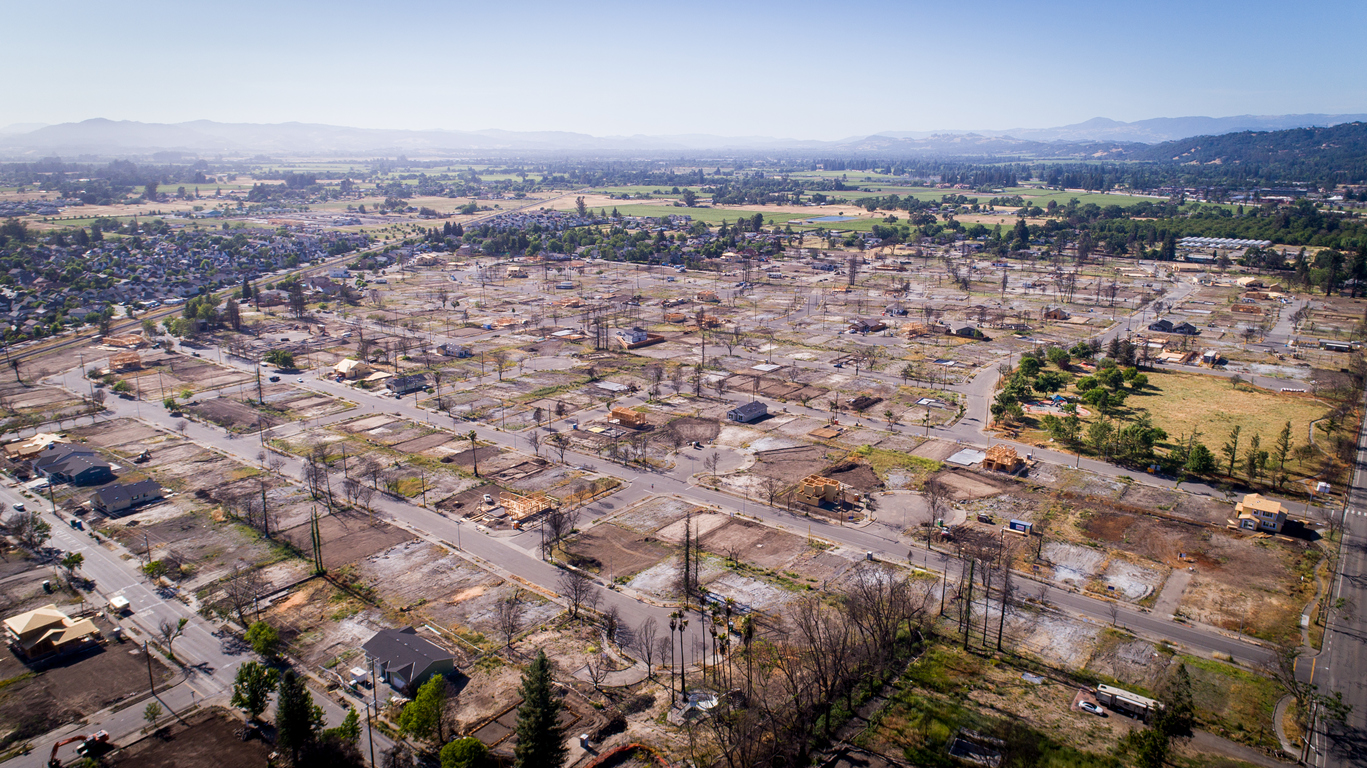PG&E power lines were blamed for 2018’s Camp Fire, the deadliest wildfire in California’s history. But it was just one of 1,900 fires sparked by the utility since 2014, state investigators say. Here’s the story of PG&E’s missteps and why it ultimately filed for bankruptcy.
That infuriated many fire victims, a number of whom expressed concern about the risk of tying their compensation to PG&E’s share price, which was slow to rebound after bankruptcy. The initial value of the stock in the trust was supposed to equal $6.75 billion, based on an expectation that PG&E shares would top $14. But the shares didn’t cross that threshold until last year, delaying stock sales needed to compensate victims.
“Fulfilling our commitment to fire victims is another step toward wildfire recovery,” PG&E said. “While PG&E was not involved in distributing funds from the Fire Victim Trust, we are grateful to the trustee for working to maximize stock proceeds to benefit those still rebuilding their lives.”
The majority of victims experienced losses during wildfires in 2017 and 2018. In 2017, a series of wildfires blazed through California wine country as trees and branches battered PG&E power lines. In 2018, a hook on a century-old transmission tower broke nearly in half, dropping a live wire that sparked a fast-moving inferno that killed 84 people and destroyed the town of Paradise.
Bipartisan legislation exempting fire victims from having to pay federal income tax on their settlement payments is pending in Congress as part of a broader tax package.
For some victims, the compensation has bumped them into a higher tax bracket, and they have to pay taxes on each installment before the deduction of attorney fees, some of which are equal to 30% of a claim’s value. If the legislation passes, victims will be reimbursed for the taxes they have already paid.
“This has already taken way too long,” said Rep. Mike Thompson, a Democrat from California who co-wrote the bill. “If we get a tax package, this will be part of it—I’ve gotten guarantees for that.”
Gerald Singleton, managing partner at Singleton Schreiber, a firm that represents about 6,000 PG&E fire victims, said he is pleased with the overall settlement process, though the total value of claims is higher than he anticipated. He expects victims will receive at least 70% of the value of their claims.
“I told my clients initially that my best guess was 80%,” he said. “Turns out I was a little optimistic.”
The trust hasn’t yet offered an estimate of what percentage victims can expect to receive. Yanni said she hopes to have made final payments within the next year, after resolving some remaining issues with determining claim values.
“In my career, this is the most important case I’ve worked on,” she said. “It’s really important to me that people understand that we’re doing our best to help them in what is a very, very difficult situation.”
Stephen Muser, who narrowly escaped Paradise as the fire devastated the town, has been living with his girlfriend, Pam Scheideman, in a rental apartment in nearby Chico. The condo they shared in Paradise was among some within the complex that weren’t destroyed, but they decided to sell it after returning to find almost nothing left of their town.
Muser, 73 years old, and Scheideman, 71, have each received about 60% of the value of their claims, but expect to keep roughly 44% after federal taxes and attorney fees. They can’t afford to buy a home in Chico, where prices have risen sharply partly as a result of the number of people displaced from Paradise.
“Our lives have changed so much,” Scheideman said. “We can’t live in the manner we were accustomed to living before.”













